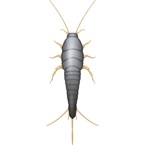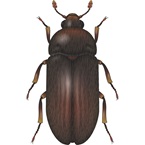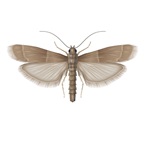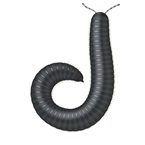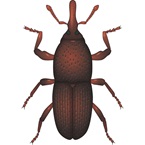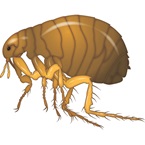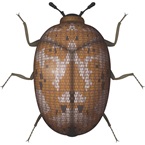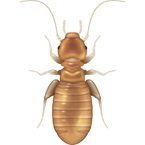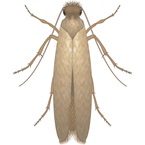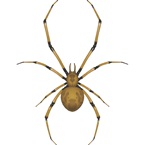Classification
The term "midge" or "biting flies" does not define any particular taxonomic group, but includes species in several families of Nematoceran Diptera.
Description
They are found (seasonally or otherwise) on practically every land area outside permanently arid deserts and the frigid zones. Some midges, such as many Phlebotominae (sand fly) and Simuliidae (black fly), are vectors of various diseases. Many others play useful roles as prey items for insectivores, such as various frogs and swallows. Others are important as detritivores, participating in various nutrient cycles. The habits of midges vary greatly from species to species, though within any particular family, midges commonly have similar ecological roles.
Behaviour
One type of midge Ceratopogonid midges (a type of fly in the family Dipteran) is a major pollinator of Theobroma cacao (cocoa tree) because of its unique morphological and behavioral characteristics. Having natural pollinators has beneficial effects in both agricultural and biological production because it increases Theobroma cacao crop yield and also density of predators of the midges (still beneficial to all parties).
Examples of families that include species of midges include:
Blephariceridae, net-winged midges
Cecidomyiidae, gall midges
Ceratopogonidae, biting midges (also known as no-see-ums or punkies[citation needed] in North America, and sandflies[3] in Australia)
Chaoboridae, phantom midges
Chironomidae, non-biting midges (also known as muffleheads in the Great Lakes region of North America)
Deuterophlebiidae, mountain midges
Dixidae, meniscus midges
Scatopsidae, dung midges
Theumaleidae, solitary midges



